Wild 78
-Architectural Design | Urban Forest Pavilion-Near South Side, Chicago, 2019



Focus:
How wild animals are hacking life in the city?The urban coyote, possibly running with its mate, pauses before crossing the street and then continues on a nighttime walk through the neighborhood.
"I LOOK AT ANIMALS IN URBAN ENVIRONMENTS, AND A LOT OF TIMES YOU FIND THEM USING THE UNCLAIMED SPACE," SAYS KAYS.
Look at animals in urban environments, and a lot of times you find them using the unclaimed space.
︎National Geographic:How Did a Coyote End up on a Roof in New York City?
Site:
South Loop, The 62-acrelocated on a 62-acre parcel of land, south of Downtown Chicago and north of Chinatown. The area is bordered by Roosevelt Road to the north, Clark Street to the east, 16th Street to the south, and the South Branch of the Chicago River to the west.


From 2014 more than half of the population of the world live in cities. Urbanization would keep expand.
In a long-term, it’s important to see the earth and other species as client too in the design.
Why the woods are the first habitat choice for animals?
Not only because of the rich plants and food resources, but also because of the interconnect relationship between trees create a unique height. The trunk, branches and leaves constructed a natural structure.The design extracts this structure, create a horizontal multi-level green spaces.
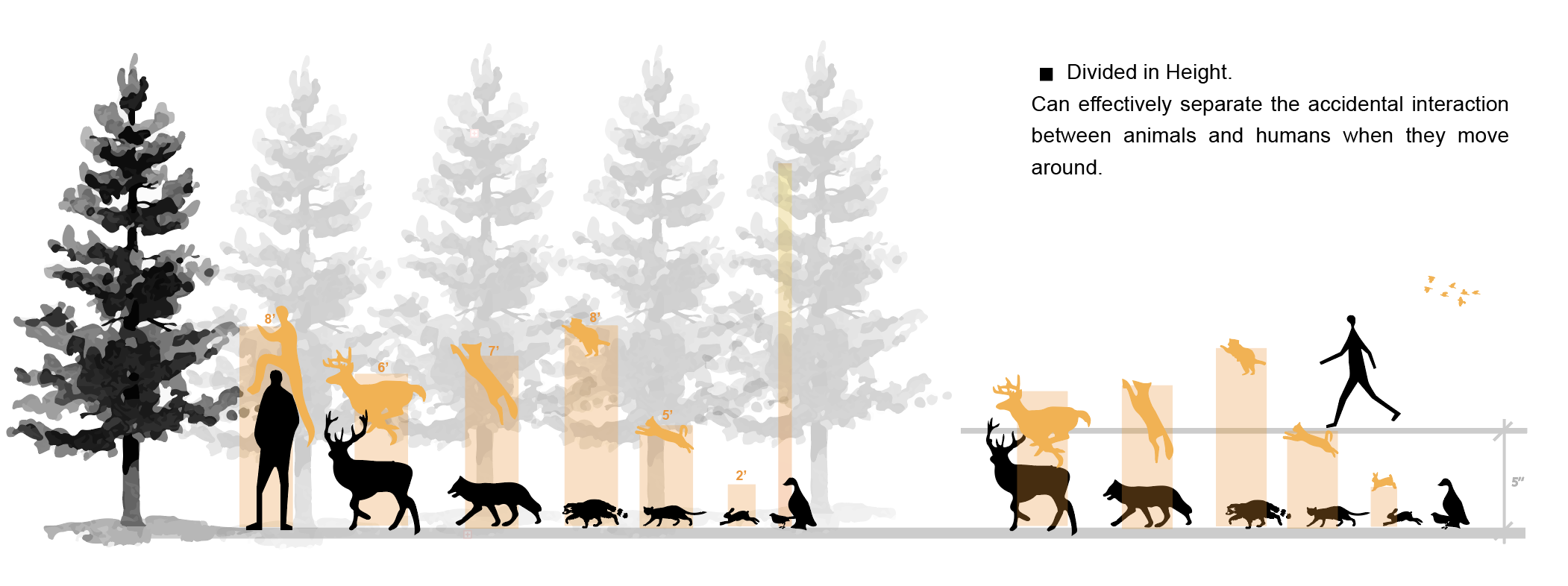

Module Design: Inspired by the shade of the trees, change with the seasons and weather. The Module set work as the action of rising and down, could “open” and “close”, provide flexible functional space over time. This module set also be able to expand with the needs.

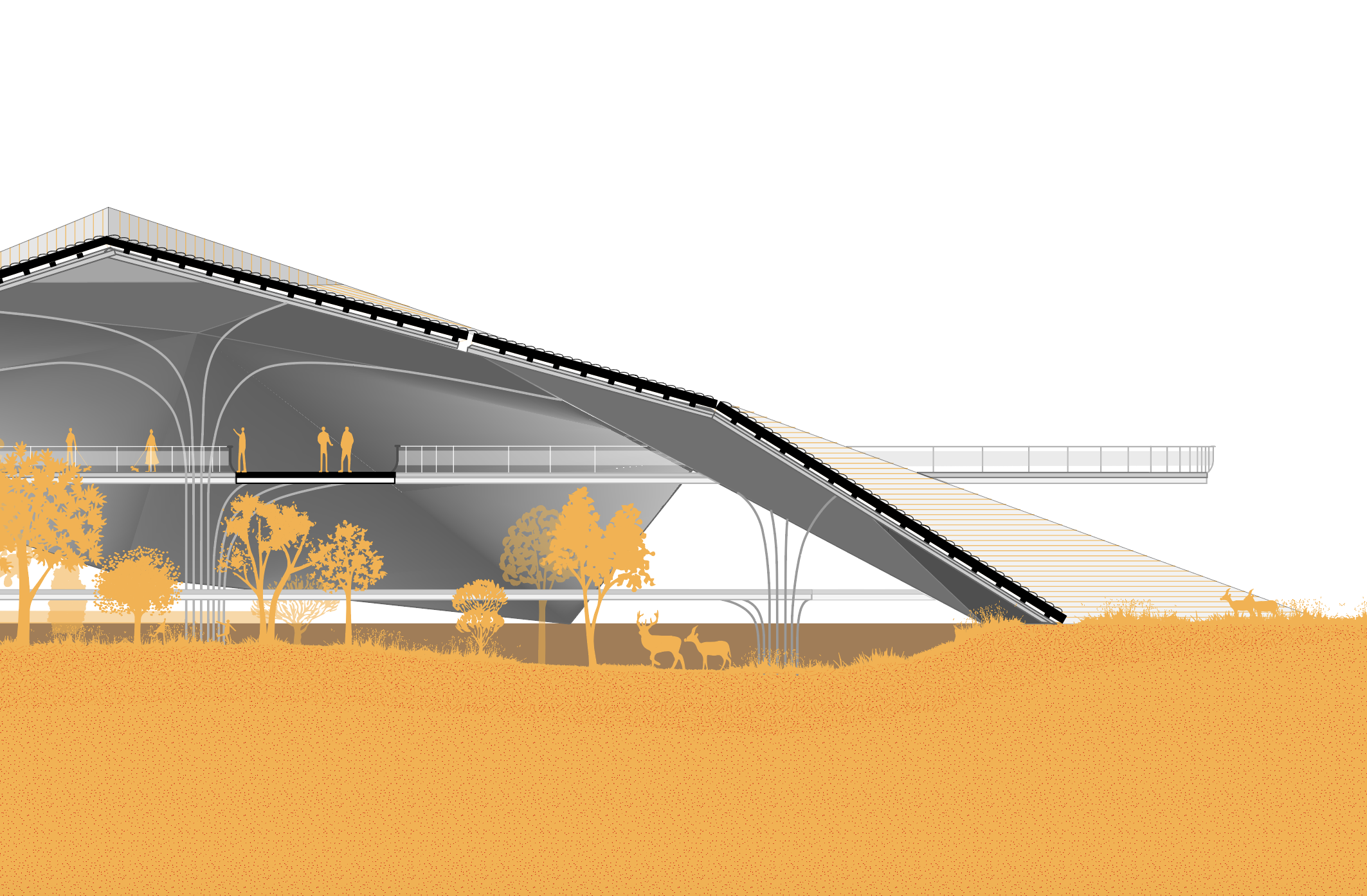
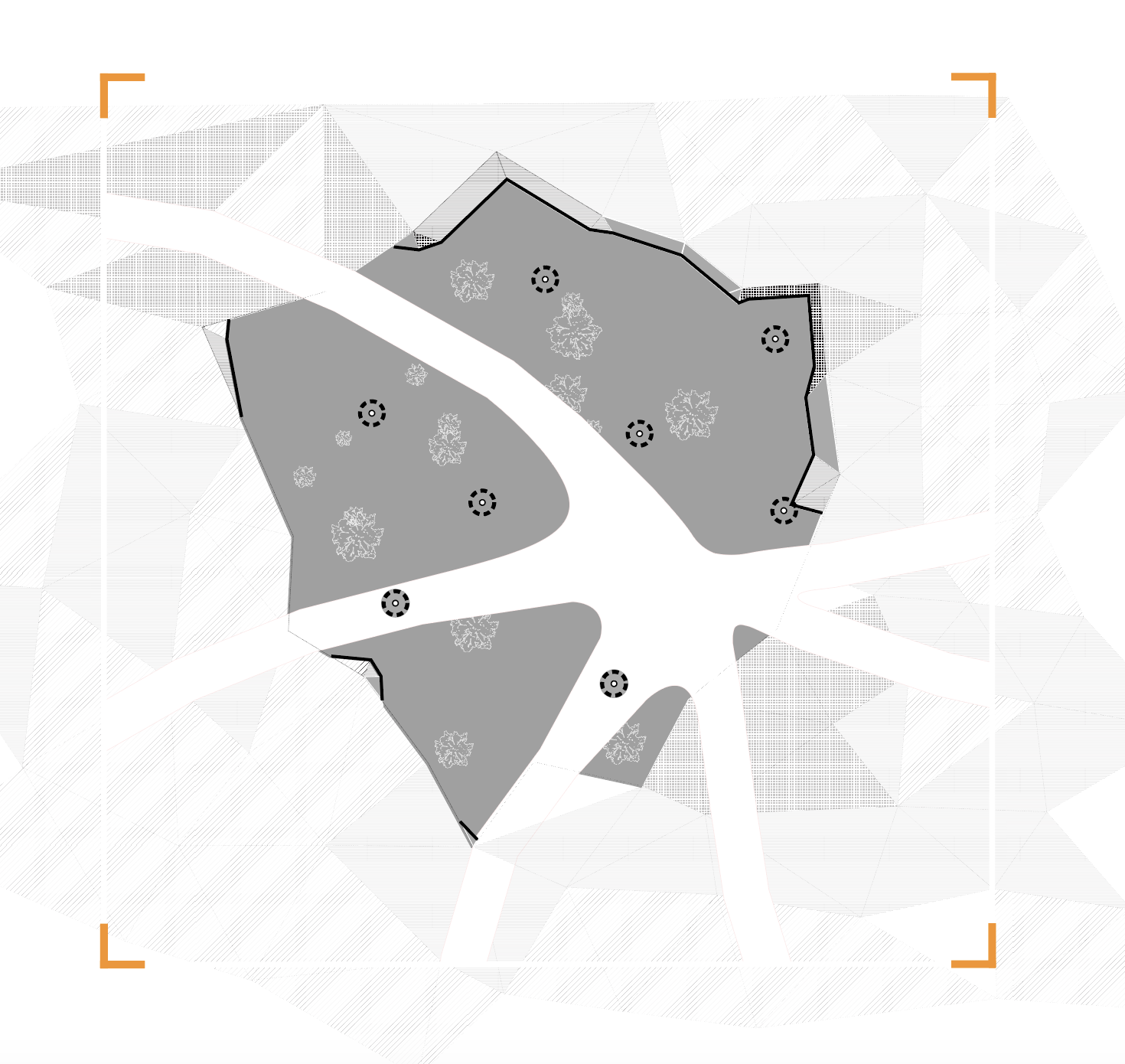


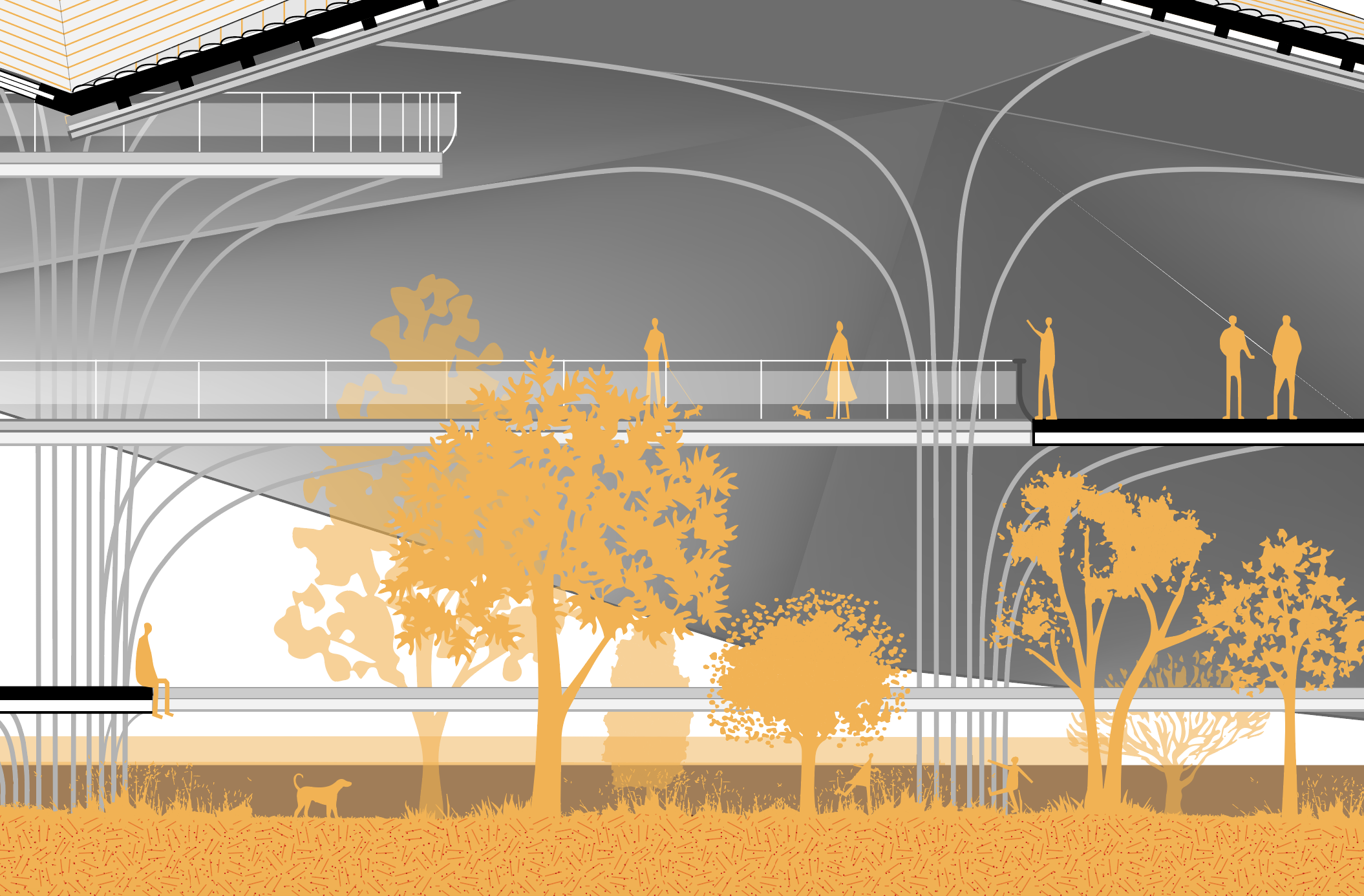

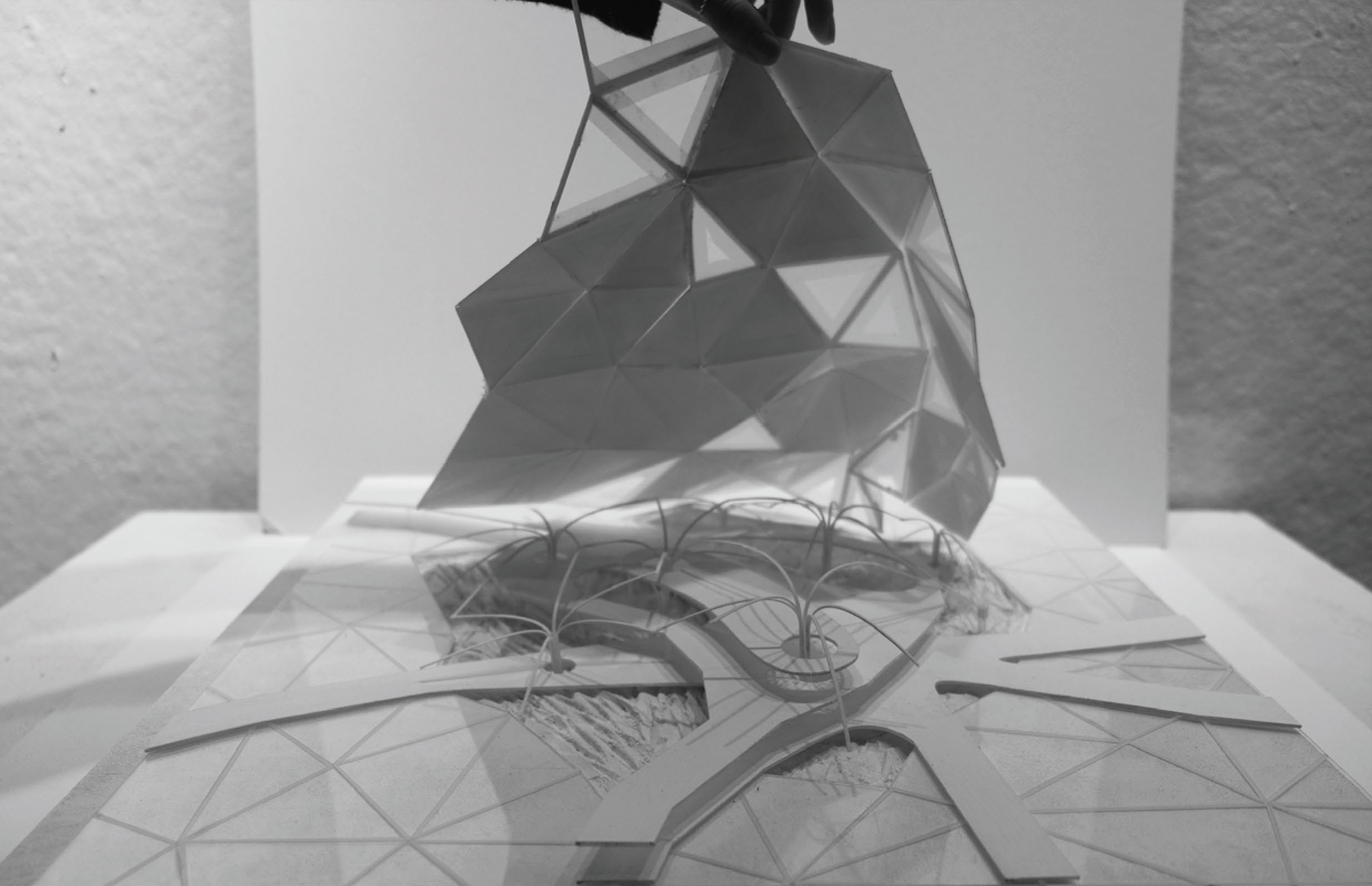
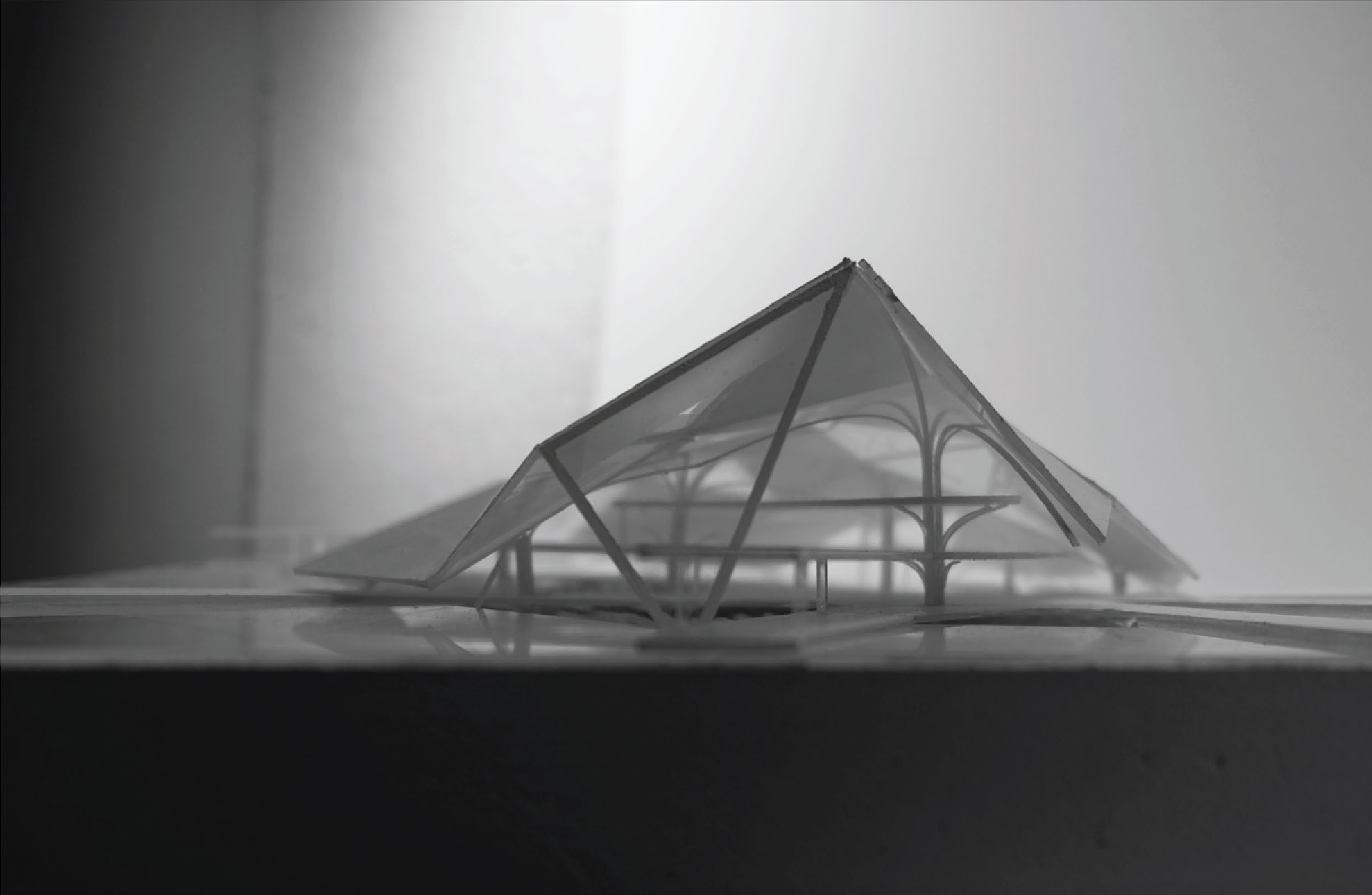

(n+d)⋅ing Collective 2021 — Chicago, Illinois
